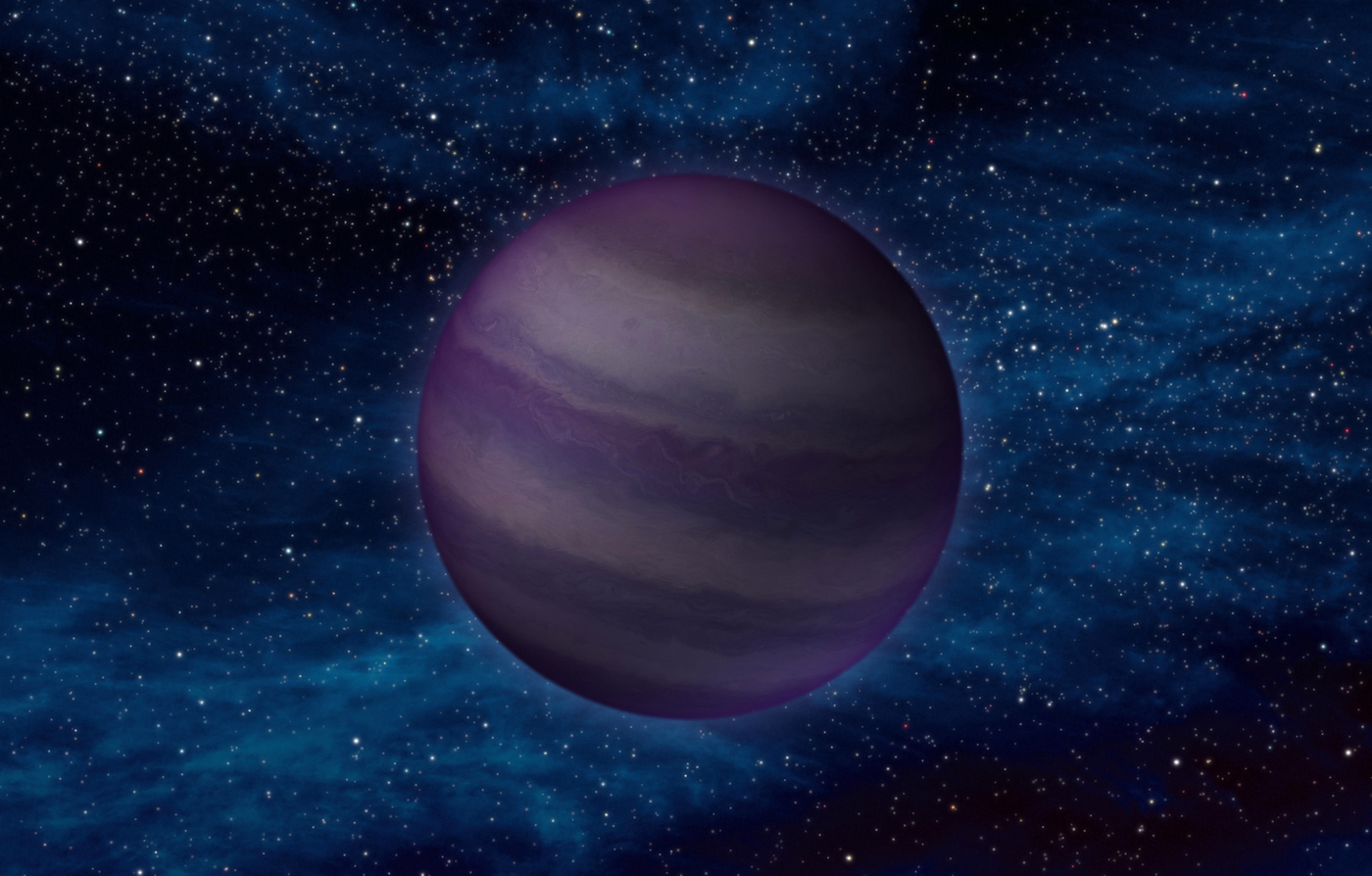There Are Probably Several Brown Dwarfs in Our Solar Neighborhood
Looking all around in interstellar space surrounding our solar system, scientists are finding more evidence of brown dwarfs than ever before.

Image Credit: NASA/JPL-Caltech
Brown dwarfs are incredibly hard to find because they’re very dim. They’re smaller than stars, but they’re larger than giant gas planets, and that’s just about all they have going for them that helps scientists to find them because they tend to block other light sources.
Nevertheless, they’re important to learn more about, because since they aren’t technically stars or planets, they’re kind of the gray area in between. From a certain point of view, they can be considered a “failed star,” because they don’t have what it takes to sustain hydrogen fusion due to their size. As a result, they dim and cool over time.
In many ways, brown dwarfs are very similar to giant Jupiter-like planets, but since they’re a little bit different, it’s important to understand the distinction and learn more about how they’re made and how they evolve.
What we know so far is because brown dwarfs aren’t very good at sustaining the hydrogen fusion process, their temperatures vary. Some can be almost at hot as a full-blown star, while others can be just as cold as a planet. These temperature fluctuations test the fine line between gassy Jupiter-like planets, but they’re simply too big to be categorized as such.
A new study published in The Astrophysical Journal reveals that there are probably many more of these brown dwarfs in our solar neighborhood than we ever would have thought, and it opens the door for research.
“Everyone will benefit from the study of brown dwarfs, because they can often be found in isolation, which means that we can more easily gather precise data on their properties without a bright star blinding our instruments," said study co-author Jonathan Gagné from the Université de Montréal.
Since they’re typically isolated, studying them after the challenging hunt to find them can be very rewarding because there’s hardly anything to get in the way them.
As a part of the study, at least 165 separate brown dwarfs were identified while observing about 28% of the sky. All of them are within 160 light years away from our Sun. With only 28% of the sky surveyed, there is still plenty more to be picked through with a fine-tooth comb, so there are undoubtedly several more out there that haven’t been spotted yet.
Finding all of these brown dwarfs is a key aspect of finding and learning about all of the unseen mass in our universe.








